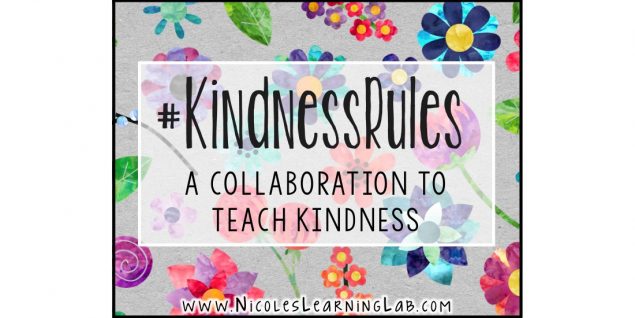
Teaching kindness is just as important as teaching any academics.Choosing to always show kindness is a life-long challenge. It takes a lot of practice and maturity to be able to set aside your initial reaction and choose to show kindness instead. Eventually, kindness WILL be your initial reaction. Isn’t that the goal anyway?
There seems to be a lot of negativity around us, but you never need to look far to find kindness around you. As teachers, we need to focus on that kindness, highlight it, and encourage more of it. In the classroom, it is important to hold your class to a high standard of kindness.
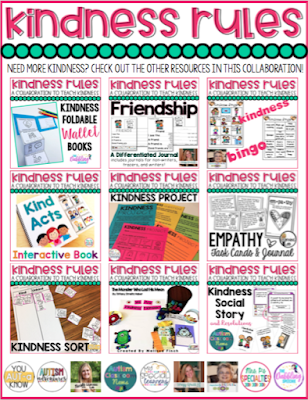
Teach By Example
Your biggest opportunity to teach kindness is by showing kindness in your own words and actions. Teach by example. Be kind to your students and everybody in your school community. Your students will pick up on your behavior and will emulate it. Talk about what you are doing and explain why you are choosing to be kind in certain circumstances.
Buddy Up
Partner up with another classroom in your building and find a way to show them kindness. You can do something once or once a month. Create cards, write letter, pick a bouquet of flowers, or even bake cookies. The kind gesture can be small and it can come at no financial cost. You can focus on the same classroom all year or switch it up each time.
Highlight Kind Behavior
My son’s classroom spends a few minutes at the end of class each day to discuss the kind acts that occurred that day in the classroom. The students have an opportunity to write down the act of kindness on a paper strip to add to their kindness chain. It was quite a sight to see the paper chain zig-zagging back and forth around the room! You can also create a bulletin board with acts of kindness highlighted. Verbal acknowledgment of kind efforts also goes a long way!
Adopt a Cause
Beyond the school walls, there are many opportunities to show kindness. Each month, your class can adopt a different cause. Your students can collect dog food for the local shelter one month while writing thank you letters to local Veterans the next. They could make cards and pictures for children being treated in a hospital or help the custodial staff clean the cafeteria after lunch for a week. The options are endless!
Currently Kind
We’ve all probably done a version of current events in our classroom. How many of those current events highlight some sort of tragedy that is happening in our world? It’s been proven that negativity sells newspapers. Put a new spin on your current events and have your students only report positive news stories that display an example of kindness.
Study Kindness
Explicitly teach kindness in your classroom by reading social stories, discussing scenarios in which you can improve by showing kindness, and journaling about kindness.
If you need some ideas, you can search #KindnessRules on Teachers Pay Teachers. I teamed up with eight other special education and speech pathologist TpT sellers to create nine free resources that teach kindness and empathy. Even though these resources were created by specialty teachers, they were designed to be used by ALL students in ALL types of classrooms.
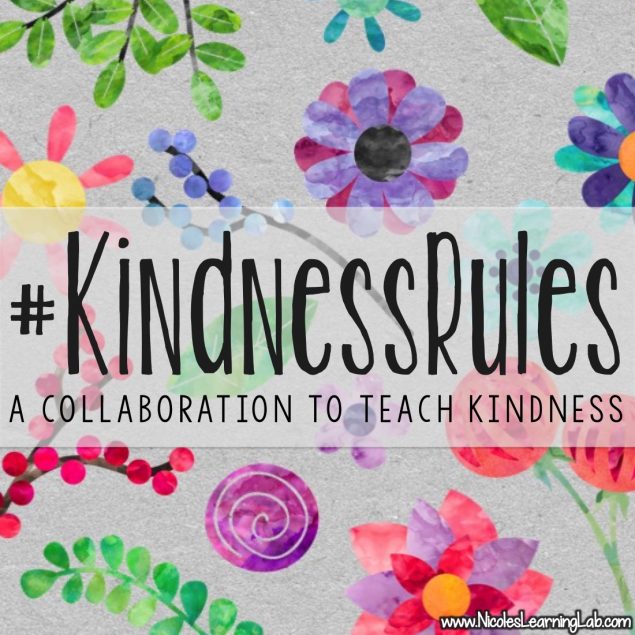
EXTEND GRACE AND SHOW KINDNESS
When working with humans, especially children, we can expect mistakes and negative behaviors to happen. This is an important opportunity when we can respond with kindness. Sometimes, with mistakes, the best learning occurs. It is important for our students to know that even when they make mistakes, they are loved and cared for. Isn’t that what we all want?It is our responsibility to make the world a kinder place and that starts in our own hearts and in our own classrooms.Have a great day and remember to BE KIND!

Nicole Chavanne is a special education teacher that works with students in 4th-6th grades. She has worked as a self-contained teacher, a push-in provider, and in inclusion classes. Nicole also creates upper elementary and special education resources that ALL teachers can use for her TpT store, Learning Lab. You can find more ideas from Nicole on her blog, www.NicolesLearningLab.com or on Instagram.




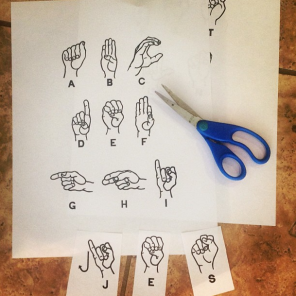
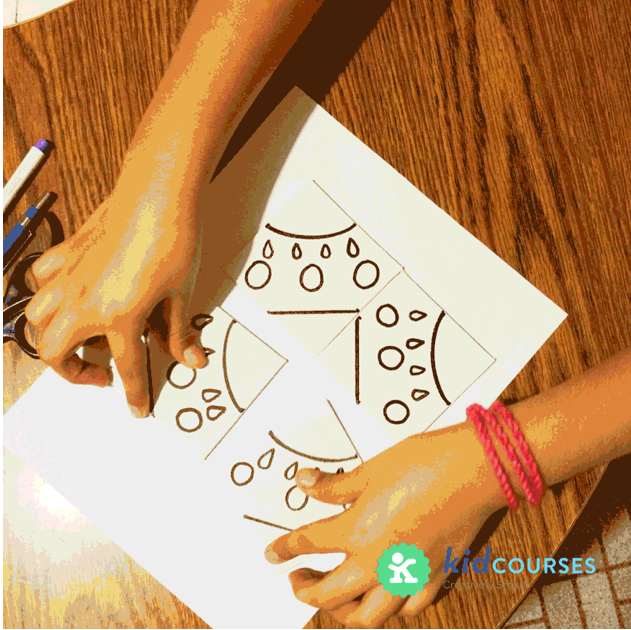
Comments are closed.